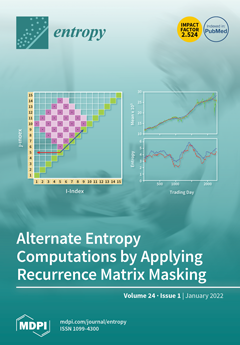Based on Kedem–Katchalsky formalism, the model equation of the membrane potential (
) generated in a membrane system was derived for the conditions of concentration polarization. In this system, a horizontally oriented electro-neutral biomembrane separates solutions of the same electrolytes at different concentrations. The consequence of concentration polarization is the creation, on both sides of the membrane, of concentration boundary layers. The basic equation of this model includes the unknown ratio of solution concentrations (
at the membrane/concentration boundary layers. We present the calculation procedure (
based on novel equations derived in the paper containing the transport parameters of the membrane (
,
, and
), solutions (
,
), concentration boundary layer thicknesses (
,
), concentration Raileigh number (
), concentration polarization factor (
), volume flux (
), mechanical pressure difference (
), and ratio of known solution concentrations (
). From the resulting equation,
was calculated for various combinations of the solution concentration ratio (
), the Rayleigh concentration number (
), the concentration polarization coefficient (
), and the hydrostatic pressure difference
). Calculations were performed for a case where an aqueous NaCl solution with a fixed concentration of 1 mol m
−3 (
) was on one side of the membrane and on the other side an aqueous NaCl solution with a concentration between 1 and 15 mol m
−3 (
). It is shown that (
) depends on the value of one of the factors (i.e.,
,
,
and
) at a fixed value of the other three.
Full article






